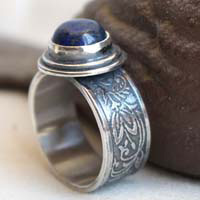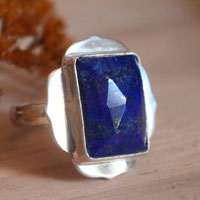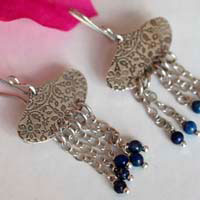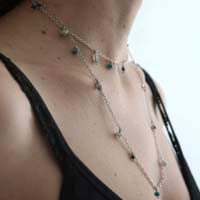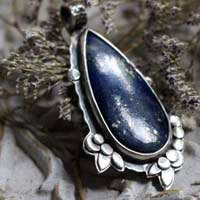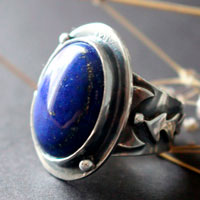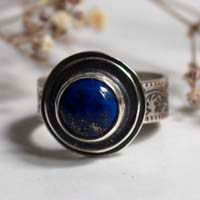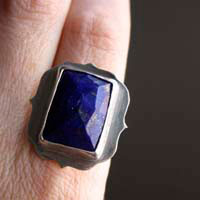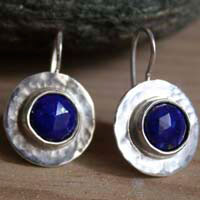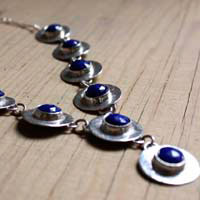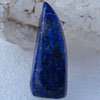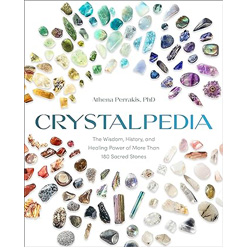- Jewelry
- Inspiration
- Our imagination
- Birthstones
- Celebrating with Eternal Flowers
- Druids and druidesses
- Flower meanings
- History, archeology jewelry
- History and healing properties of metals
- History and healing properties of stone
- Illumination jewelry
- Japanese symbols
- Maya calendar jewelry
- Stone color symbolism
- Stones catalogue
- Wedding anniversaries
- Searches a theme on the site
- Good Deals
- Paintings
- About
- Contact
JEWELRY
- Anklet
- Bracelets
- Brooches
- Cufflinks
- Earrings
- Pendants & Necklaces
- Rings
- Draw your jewelry
- How to clean your jewel
- Metal we used
INSPIRATION
- Our imagination
- Birthstones
- Celebrating with Eternal Flowers
- Druids and druidesses
- Flower meanings
- History, archeology jewelry
- History and healing properties of metals
- History and healing properties stones
- Illumination jewelry
- Japanese symbols
- Maya calendar jewelry
- Stone color symbolism
- Stones Catalogue
- Wedding anniversaries
- Searches a theme on the site
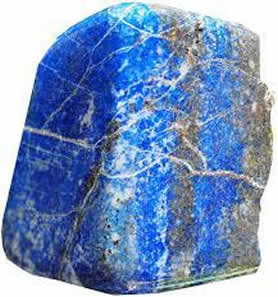
Lapis Lazuli: history, healing properties and lithotherapy
Lapis Lazuli properties
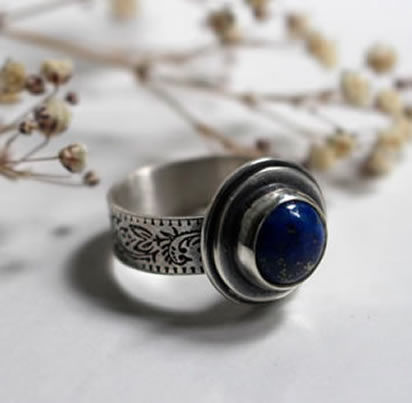
The name lapis lazuli originates from the Persian word lazur, meaning "blue," and lapre, meaning "stone." This combination reflects the symbolic and aesthetic significance of this gemstone, often associated with the heavens and divinity in ancient cultures.
Lapis lazuli is one of the oldest gemstones known and used by humanity. Its exploitation dates back over 7,000 years, particularly in the Sar-e-Sang mines located in present-day Afghanistan, a region that remains one of the primary sources of lapis lazuli to this day.
Although it has been called lapis lazuli only since the Middle Ages, this stone was often mistaken for sapphire in antiquity. This confusion partly stems from the imprecise translations of ancient texts, where words referring to blue gemstones could denote either sapphire or lapis lazuli. For example, in the Old Testament, what is translated as "sapphire" likely refers to lapis lazuli, based on the geological characteristics of the regions described.
Lapis lazuli is a metamorphic rock primarily composed of lazurite, a sulfur-rich silicate responsible for its intense blue color. It also contains other minerals, such as:
- Calcite: Present as veins or white streaks, often considered a "flaw" that reduces the stone’s value.
- Pyrite: Recognizable by its golden inclusions, which add a shimmering effect to lapis lazuli, enhancing its aesthetic appeal.
- Sodalite: Another mineral that can contribute to its bluish hues.
The most sought-after lapis lazuli stones are deep and uniform blue, with minimal or no calcite traces. Fine, well-distributed pyrite inclusions are often prized, as they evoke the appearance of a starry night sky. Lower-quality stones may have a duller blue tone or excessive calcite, diminishing their brilliance.
Lapis lazuli is also valued for its moderate hardness, ranging from 5 to 6 on the Mohs scale. This makes it durable enough for use in jewelry while being soft enough to carve or engrave.
Stories, beliefs and legends about lapis lazuli
Nearly all lapis lazuli used in antiquity across Asia, Europe, and Africa came from the mines in the Badakhshan mountains, located in present-day Afghanistan. These mines, which have been in operation for approximately 7,000 years, are among the oldest known sources of gemstones. In some areas, ancient extraction techniques are still employed, preserving a millennia-old tradition.
In South America, the Incas and other Pre-Hispanic cultures, such as the Diaguitas, utilized lapis lazuli from the Coquimbo region of Chile as early as 2000 BCE. This stone was primarily used to create ritual masks, inlays in jewelry, and decorative objects symbolizing the starry sky.
In ancient Egypt, lapis lazuli was closely associated with purity and divinity. It was used to craft jewelry, scarabs, and votive objects, and adorned the funerary ornaments of pharaohs, including the iconic mask of Tutankhamun. Ground lapis lazuli was also a key ingredient in kohl, a cosmetic applied to accentuate the eyes, believed to provide both spiritual protection and defense against diseases and the evil eye.
The Sumerians and Mesopotamians revered lapis lazuli as a stone of divine protection as early as 3800 BCE. It was often carved into cylinder seals or used as amulets to ward off danger. In the Epic of Gilgamesh, this gemstone is described as an ornament of the gods and a symbol of their celestial power. Associated with the goddess Inanna, lapis lazuli also represented the connection between the heavens and the underworld.
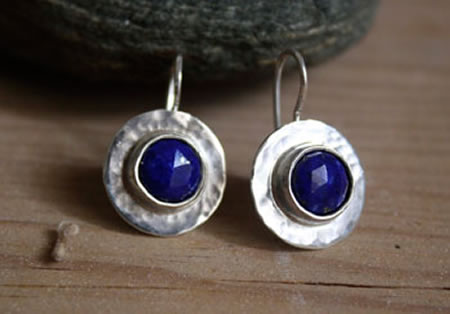
In Islamic tradition, lapis lazuli was regarded as a protective amulet against the evil eye, symbolizing serenity and well-being. Its deep blue hue adorned mosaics and minarets, particularly in mosques, where it evoked a connection to the divine.
The ancient Greeks knew lapis lazuli as the "sapphire of the ancients." They saw it as a symbol of wisdom and power, associating it with the goddesses Athena, the deity of war and wisdom, and Hera, queen of the gods and protector of sacred unions.
The Romans attributed aphrodisiac properties to lapis lazuli. Known as the "stone of Venus," goddess of love, it was believed to be a talisman that fostered love and passion.
Among the Celts, lapis lazuli was linked to Dana, the goddess of rivers and fertility. The Celts considered the stone a bridge between the earthly and spiritual realms, enhancing its mystical significance.
For the Hebrews, lapis lazuli symbolized the heavens, with its golden pyrite inclusions representing stars or the sun. Some scholars suggest that the Tablets of the Law given to Moses were inscribed on this stone, often mistaken for sapphire in biblical texts. It is also believed to have been one of the twelve precious stones in the breastplate of the High Priest Aaron, representing the tribes of Israel.
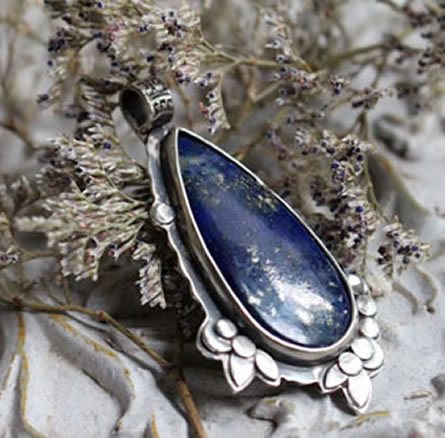
In the Middle Ages, lapis lazuli was used in folk medicine. Mixed with milk or other substances, it was applied to relieve boils, ulcers, and strengthen bones. Its powdered form, when finely ground, was also used to create an extremely prized blue pigment known as natural ultramarine. This pigment, favored by renowned painters like Leonardo da Vinci and Albrecht Dürer, adorned sacred artworks and frescoes due to its remarkable resistance to time. Known as azurite or lazurite, when mixed with oil, it produced the famous ultramarine color, often referred to as "blue gold."
During the Renaissance, this pigment derived from lapis lazuli was more valuable than gold due to the complexity of its extraction and its exceptional purity. It was reserved for prestigious commissions by patrons, especially for religious artworks where it symbolized divinity, wealth, and sanctity. For instance, Fra Angelico used it for the celestial backgrounds of his monastic frescoes, Raphael applied it in the robes of the Virgin Mary in the famous Sistine Madonna, and Michelangelo incorporated it into sections of the Sistine Chapel, although its high cost limited its use. This pigment was also highly valued in illuminated manuscripts, enhancing miniatures crafted for royal or ecclesiastical patrons, underscoring its prestige.
Today, lapis lazuli remains sought after in jewelry and craftsmanship. Beyond Chile, Afghanistan and Russia are among its principal suppliers. Prestigious objects, such as royal cups or ornaments, continue to reflect its symbolic importance. For example, a lapis-lazuli cup with pyrite inclusions was gifted to Louis XVI, and a massive lapis-lazuli table remains among the treasures of the French Crown jewels.
Mines: Afghanistan, Chili, Russia, USA and Italy.
Healing properties and benefits of the lapis lazuli
Throughout the long history of humanity, lapis lazuli has been the subject of numerous interpretations, with different societies attributing to it a variety of properties, virtues, and uses of a curative or symbolic nature. The information presented here follows a cultural and historical approach, aiming to illustrate the symbolic relationship that gradually developed between this stone and human civilizations over the centuries. As with the previous elements, these observations form part of a descriptive and heritage-based perspective. They do not constitute any therapeutic or medical recommendation and do not reflect established beliefs.
- In certain traditions, lapis lazuli is mentioned as a stone associated with the support of the immune system and the balance of several bodily functions, particularly those related to the throat, the thymus, the thyroid, the spine, and the Eustachian tubes. It is sometimes described as a symbol of protection, forming an energetic barrier intended to help preserve the body from internal imbalances and external influences, whether perceived as physical or symbolic.
- Lapis lazuli is also referenced in various cultures for its connection to the muscular and skeletal systems. It is associated with processes of regeneration and recovery, particularly in cases involving fractures, sprains, or muscular tension. Some traditions report that it was used to accompany the easing of chronic pain, especially that linked to arthritis, rheumatism, or bodily stiffness, reflecting a broader search for physical harmony and stability.
- On a symbolic level, lapis lazuli is frequently associated with the throat chakra. It is seen as a stone that encourages clear, sincere, and measured communication. In this context, it is sometimes used to support the release of emotional blockages, to encourage more authentic expression, and to facilitate mutual understanding in interpersonal relationships. This symbolism of balanced and truthful speech is often linked to the ability to resolve conflicts and strengthen social bonds.
- Through its calming associations, lapis lazuli is often mentioned as a support in situations of stress and anxiety. It is sometimes referenced in traditional practices as an aid to deeper and more restorative sleep. Certain cultures also associate it with the easing of migraines, nervous tension, and mental overload, contributing to a general sense of relaxation of both body and mind.
- Lapis lazuli is also presented, in some symbolic interpretations, as an energetic purifier connected to the kidneys, intestines, and respiratory system. In this light, it is associated with the accompaniment of digestive or respiratory discomforts, expressing a desire to restore internal balance and the smooth functioning of vital processes.
- Moreover, this stone is sometimes mentioned as a support in efforts to free oneself from harmful habits, dependencies, or compulsive behaviors. Within this framework, it is associated with a sense of self-mastery, lucidity, and inner clarity, encouraging a deeper understanding of one’s own mechanisms and choices.
- Lapis lazuli is also cited in certain traditions for its association with the soothing of inflammation, particularly that linked to infections or imbalances of the immune system. It is sometimes mentioned as accompanying the reduction of sensations of vertigo and contributing to a more stable perception of bodily balance, as well as to a symbolic regulation of blood pressure, supporting an overall sense of physical well-being.
- In some traditional practices, gently warmed lapis lazuli was reportedly applied locally to soothe bruises, skin irritations, insect bites, or minor burns. In lithotherapy, this type of use is often associated with relaxation or meditation techniques, within a holistic approach intended to encourage release and recovery.
- On an intellectual and symbolic level, lapis lazuli is frequently associated with intuition, wisdom, and mental clarity. It is perceived as a stone that supports deep reflection, informed decision-making, and a clearer understanding of oneself and the world. This dimension has contributed to its historical use among the intellectual, spiritual, and political elites of many civilizations.
- Finally, lapis lazuli is sometimes regarded as a stone linked to abundance and personal radiance. In certain cultures, it is associated with renown, social recognition, and prosperity. Used as a talisman or ornament, it is perceived as a symbol of confidence, legitimacy, and the fulfillment of goals, reflecting the importance attributed to this stone in ancient societies.
 Please note that all healing properties attributed to stones come from ancient traditions and various cultural sources. This information is provided for informational purposes only and does not constitute medical advice. In case of any health concerns, it is recommended to consult a qualified professional.
Please note that all healing properties attributed to stones come from ancient traditions and various cultural sources. This information is provided for informational purposes only and does not constitute medical advice. In case of any health concerns, it is recommended to consult a qualified professional.
Lapis lazuli jewelry samples
To learn more about litotherapy, we recommend you the following books:

